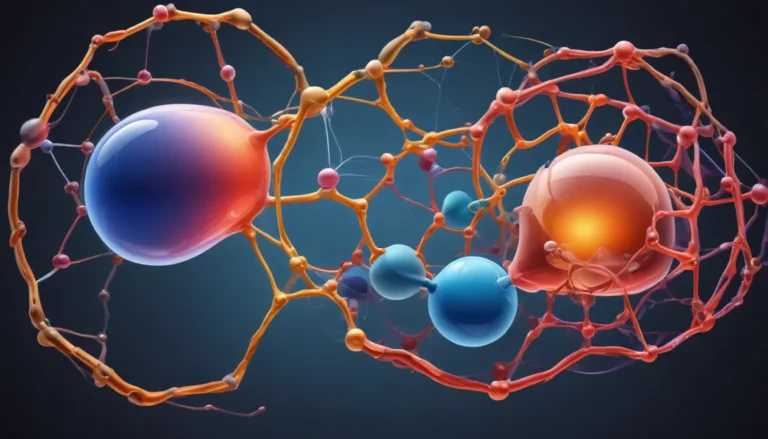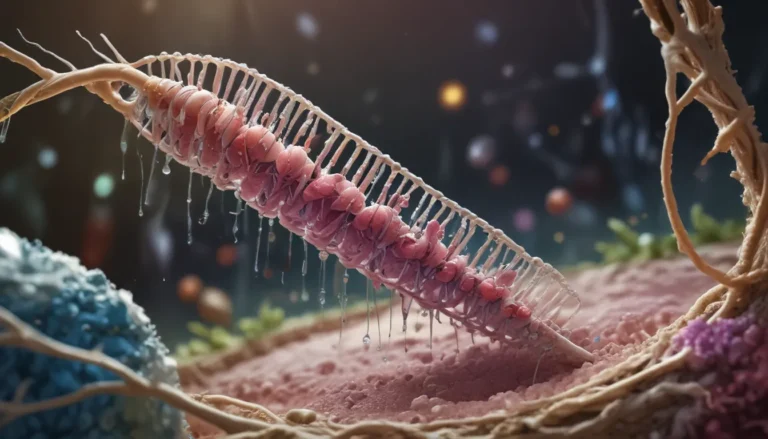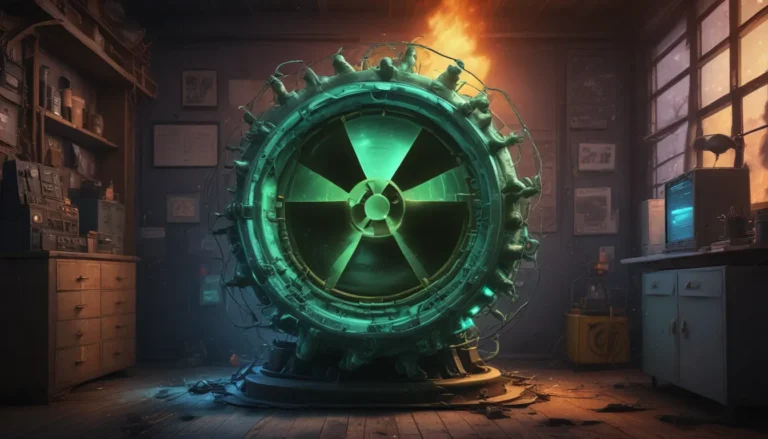A Note About Images: The images used in our articles are for illustration purposes only and may not exactly match the content. They are meant to engage readers, but the text should be relied upon for accurate information.
Are you curious about the intricate world of phase diagrams and how they shape our understanding of matter? Look no further! Phase diagrams are powerful tools that unlock the mysteries of substances under varying conditions of temperature and pressure. They offer a visual roadmap to the phases of a substance, unveiling the transitions between solid, liquid, and gas states. From the realms of chemistry to materials science and engineering, phase diagrams play a crucial role in guiding scientists and engineers towards valuable insights.
In this comprehensive guide, we embark on a journey of discovery through 18 astounding facts about phase diagrams. From their historical origins to practical applications, we unravel the magic concealed within these charts. Get ready to expand your knowledge and delve into the wonders of phase diagrams. Let’s explore together and unlock the secrets that lie within these essential tools.
Unveiling the Marvels of Phase Diagrams: Key Takeaways
- Understanding Transitions: Phase diagrams serve as windows into the behavior of substances as they transition between different states due to temperature and pressure variations.
- Guiding Discoveries: Like treasure maps for scientists, phase diagrams lead the way to uncovering novel materials and understanding the complexities of various phases of matter.
Exploring the Essence of Phase Diagrams
What is a Phase Diagram?
A phase diagram is a graphical representation that showcases the different phases of a substance as it experiences changes in temperature and pressure.
Three Key Phases
The primary phases depicted in a phase diagram are solid, liquid, and gas, offering a visual snapshot of a substance’s states.
Revealing Phase Transitions
Phase diagrams provide insights into the conditions under which phase transitions occur, such as melting, vaporization, and sublimation.
Unveiling Intriguing Facets of Phase Diagrams
The Critical Point
Each substance boasts a critical point on the phase diagram, signaling the temperature and pressure where the distinction between liquid and gas phases vanishes.
The Triple Point
Within a phase diagram lies the triple point, a unique set of conditions where all three phases of a substance coexist in equilibrium.
Sublimation Sensation
Certain substances undergo sublimation, shifting directly from the solid phase to the gas phase without traversing the liquid phase.
Equilibrium in Liquid and Gas States
The vapor-liquid equilibrium line delineates the boundary between the liquid and gas phases on a phase diagram.
Insight into Mixtures
Phase diagrams extend their reach to mixtures of substances, showcasing how phase changes evolve as the mixture’s composition varies.
Unveiling the Depth of Phase Diagrams
Unraveling the Eutectic Point
In a binary phase diagram, the eutectic point signifies the lowest temperature and composition wherein a blend of two substances can solidify.
Applications in Materials Science
Material scientists leverage phase diagrams to comprehend material behavior and properties across diverse temperatures and pressures.
Decoding the Impact of Phase Diagrams
Pressure’s Influence
Changes in pressure can alter the phase diagram of a substance, resulting in boundary shifts between different phases.
Grasping Phase Equilibrium
Phase diagrams serve as visual aids for understanding phase equilibrium, shedding light on how different phases coexist under specific conditions.
Energy Dynamics
Phase transitions involve distinct energy changes, such as heat absorption or release, crucial for industrial and scientific realms.
Pioneering New Materials
Scientists harness phase diagrams to explore and unearth new materials with unique traits, identifying stable phase regions.
Unlocking Specialized Insights
Inspecting Liquid Crystal Phases
Phase diagrams are instrumental in studying liquid crystals, hybrid states displaying characteristics of both liquids and solids.
Venturing into High-Pressure Realms
High-pressure phase diagrams unveil substance behavior in extreme conditions, offering insights into matter’s physics and chemistry.
Impacts of Impurities
Impurities wield significant influence on a substance’s phase diagram, affecting phase boundaries and material behavior.
Industrial Applications
Phase diagrams play pivotal roles in industrial processes, aiding in determining optimal conditions for material synthesis, casting, and heat treatments.
Unveiling the Panoramic Scope of Phase Diagrams
In essence, phase diagrams serve as vital tools in understanding substance behavior across diverse conditions. Empowering scientists and engineers with valuable insights, they open the gates to new materials and technologies. By analyzing phase diagrams, professionals can pinpoint optimal conditions for specific phases and transitions, shaping advancements in materials science, chemistry, and engineering. These visual representations stand as cornerstones for predicting substance behavior under varying pressures and temperatures, underpinning innovation and discovery in the realms of science and technology.
Frequently Asked Questions
Q: What defines a phase diagram?
A: A phase diagram visually displays the various phases of a substance at different temperature and pressure combinations.
Q: Why are phase diagrams significant?
A: Phase diagrams offer critical insights into substance behavior under varying conditions, essential for fields like materials science and engineering.
Q: Which phases of matter exist?
A: The primary phases of matter include solid, liquid, and gas, with additional states like plasma and supercritical fluids based on substance and conditions.
Q: How do phase diagrams benefit materials science?
A: Phase diagrams aid materials scientists in comprehending phase transitions, facilitating the creation of materials with specific properties.
Q: Can phase diagrams predict all substance behaviors?
A: Phase diagrams apply to substances displaying clear phase changes under temperature and pressure variations, with exceptions for complex molecular structures.
Q: What underpins phase diagram construction?
A: Phase diagrams originate from empirical data, refined through experimentation and observation, interpreting data with thermodynamic principles and mathematical models.
Infuse your understanding with the wealth of knowledge hidden within phase diagrams. Unravel further secrets through our detailed exploration of intriguing facts about these indispensable tools in the fields of chemistry, materials science, and beyond. Embark on a journey of discovery, enrich your knowledge base, and appreciate the beauty and utility encapsulated within phase diagrams. Expand your horizons, embrace science’s wonders, and immerse yourself in the captivating realm of phase diagrams!






